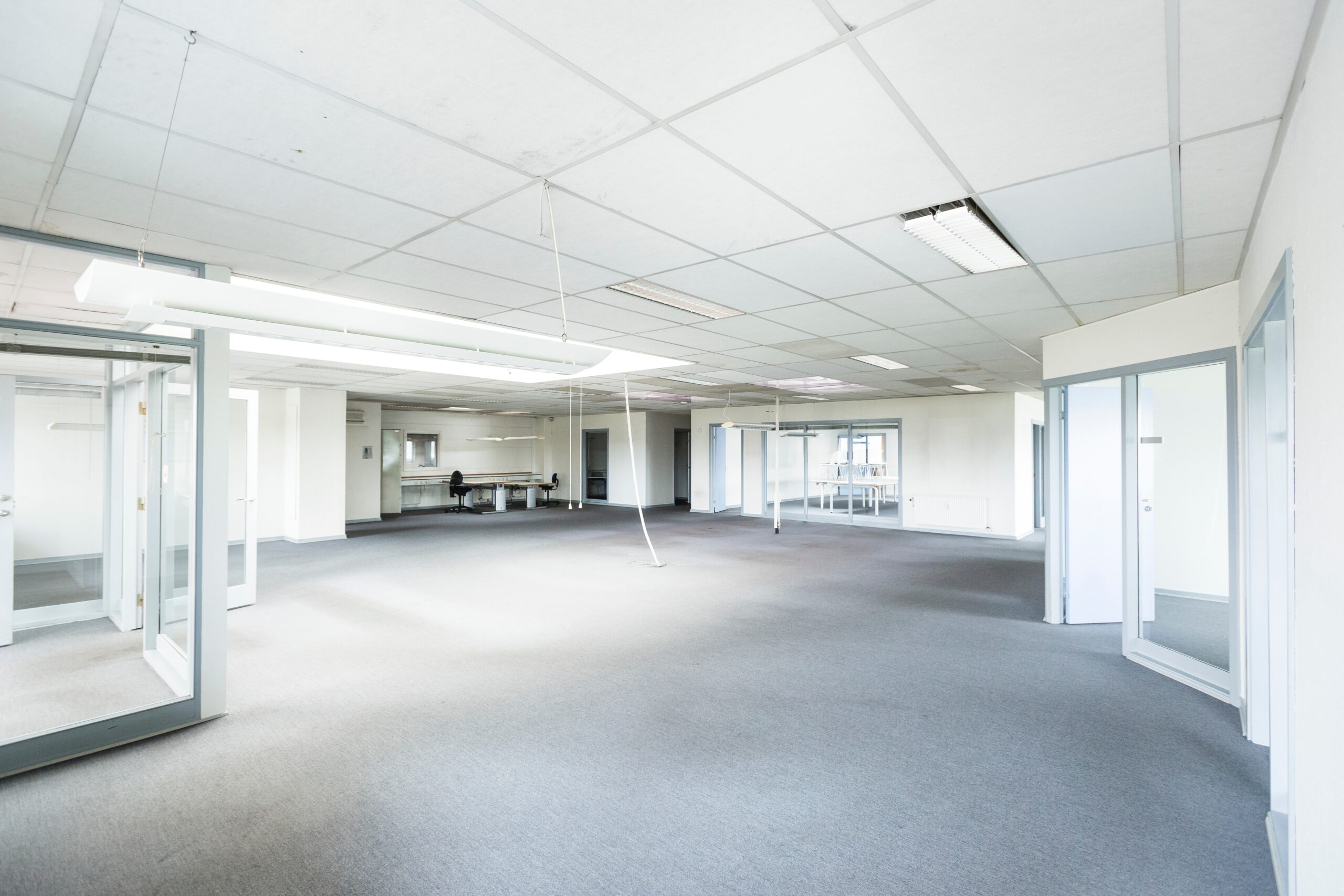What are the uses of Acoustic Ceilings?
by siteadmin

The level of noise in a particular space has a direct impact on communication, productivity and comfort. Noise is often a complaint. Over-noise can cause fatigue, stress, and decreased work performance.
Acoustical ceilings come in a variety of materials and styles to reduce reverberation by absorbing or reflecting sound. But they do more than just that.
Soundproofing
A good workplace acoustics is essential to reduce stress and improve focus. Acoustical ceilings are designed to reduce the reverberation of sound, and keep it from transferring into other areas.
The materials used to make modern acoustic roofs absorb noise. Mineral fibers are common and low-cost. The glass fibers are more costly, but have superior sound-absorbing properties and are extremely durable.
The other materials include polyethylene, melamine, PVC stretch and cementitious fiber. Acoustics are also affected by the shape of the panels.
The traditional coffered style can be modernized by using octagonal and larger sections. This style doesn't work well acoustically but is great for modern decor. It can be painted to match other finishes.
Here at RAM Builder Services LLC, we are familiar with all the types of ceiling tiles and can help you decide which is the best fit for your application.
Reduces Stress
Acoustic ceilings help to reduce the harsh echoes that can occur in a space. Also, they absorb sound and enhance the sound of a room. This type of ceiling, which we are all familiar with as popcorn ceilings, is called by its formal name.
To achieve their design goals, these acoustic roofs utilize a variety of materials. Available in different shapes like tiles, grilles, baffles, linear panels as well as various fabrics. The NRC and CAC ratings are used to determine the effectiveness of sound absorption. The NRC rating is a measure of how effective sound absorption is. The line between sound insulation and sound interference with adjacent areas is thin, so it's important to consider both NRC ratings and CAC ratings.
Aesthetically Pleasing
Acoustic paneling can hide an unsightly, unfinished ceiling. Acoustic panels can be found in a range of designs, colors, and textures to complement your room.
They can be used anywhere that is in need of superior acoustics. Many schools use acoustic ceilings to enhance speech intelligibility. Acoustic ceilings can be used to control the sound in spaces such as recording studios or music venues.
These textured ceiling tiles give a more cozier look to a room with grid ceilings.
Cover an Unfinished Ceiling
Acoustical ceilings are an excellent way to conceal unsightly wires, pipes or other necessities. As they are a flexible choice, you can easily access them for repairs and remodeling.
Acoustic ceiling contractors can be customized a grid system in any space so that it can help hide any imperfections in the ceiling.
When selecting an acoustic wall, it's important to consider the Noise Reduction Coefficient (NRC) and Ceiling Attenuation Classes. In order to avoid echo and loud environments and absorb sound in a room, a high NRC rating is required.
No Exposed Wiring is Safer
Acoustical ceilings, in contrast to standard ceiling tiles are designed to separate the visible roof surface from an area above (known by the term plenum). This allows for easier access to wires or for repairs.
Acoustic ceilings have become popular in office and school buildings as they are an effective way of reducing noise levels and increasing speech intelligibility. This is because poor speech intelligibility at work can cause stress, lower productivity and employee turnover.
Acoustic ceilings can be found in a wide range of materials and styles. Mineral fiber ceilings can be found at a low cost and come in many colors. Ceilings made of fiberglass with a drywall appearance and improved acoustics. Wrapped in woven fabric, these panels have a vibrant color palette.
Call RAM Builder Services LLC at (401) 309-4155 for a consult to see what ceiling materials are best for your next project.
The level of noise in a particular space has a direct impact on communication, productivity and comfort. Noise is often a complaint. Over-noise can cause fatigue, stress, and decreased work performance. Acoustical ceilings come in a variety of materials and styles to reduce reverberation by absorbing or reflecting sound. But they do more than just that.…
Recent Posts
- Comprehensive Air Duct Cleaning Services in Salt Lake City to Improve Indoor Air Quality and HVAC Efficiency
- Granite vs. Quartz: Which Countertop Material is Right for You?
- Charlotte’s Premier Fence Company Revolutionizing Property Boundaries with Unmatched Expertise
- Understanding the Commercial Cleaning Process: What’s Involved?
- Your Trusted Partner for Garage Door Repair in Mustang, OK
